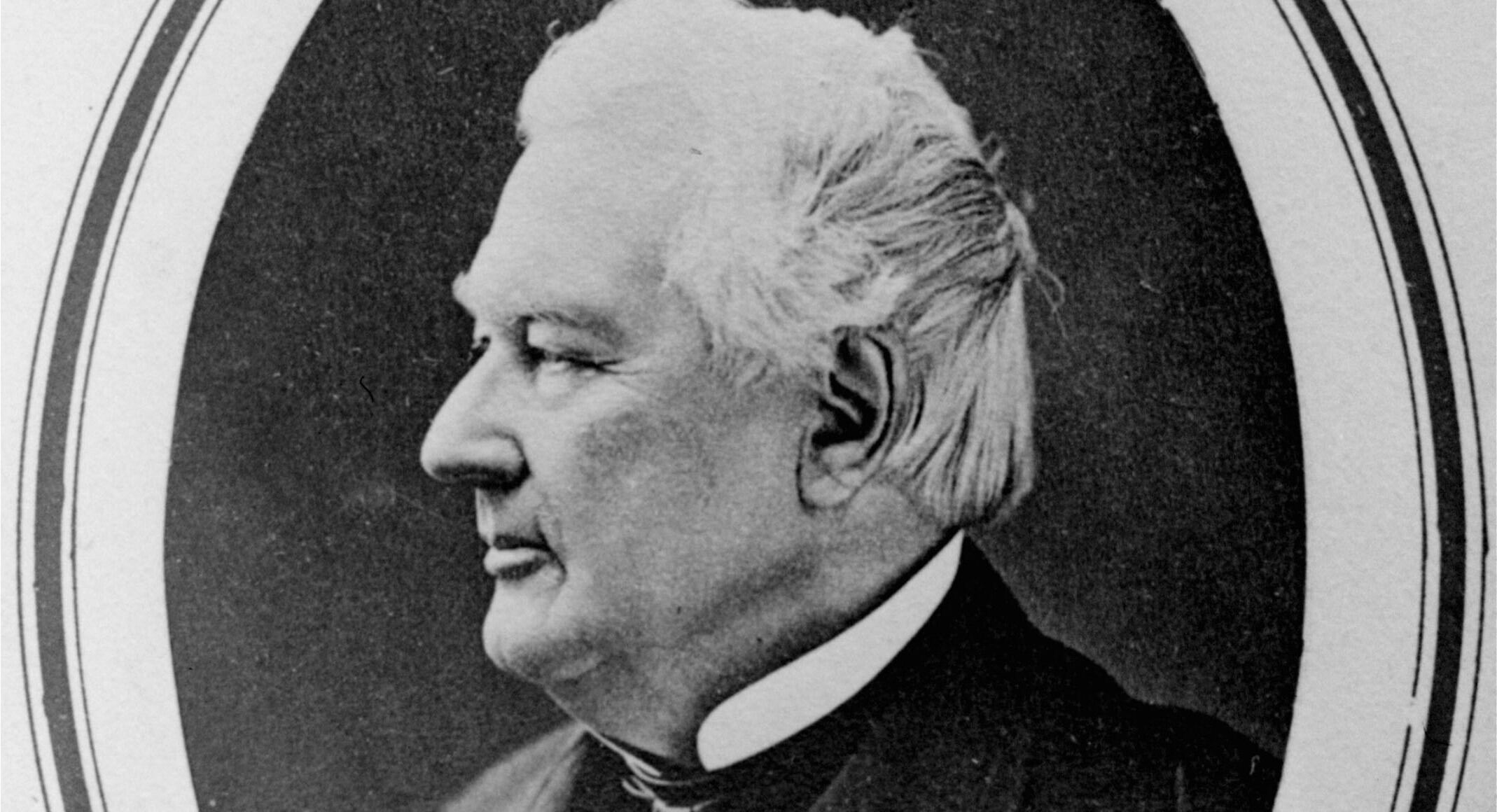
Ever wondered about the lesser-known presidents of the United States? Well, you're in for a treat! Millard Fillmore, the 13th president, might not be the first name that springs to mind when you think of U.S. leaders, but his story is packed with intriguing tidbits. Did you know Millard Fillmore installed the first-ever bathtub in the White House? Yup, that's just the tip of the iceberg. From his humble beginnings to his presidency and beyond, Fillmore's life is a fascinating journey through a pivotal time in American history. Ready to dive into some of the best Millard Fillmore fun facts? Let's get started and uncover the quirky, the unexpected, and the downright interesting aspects of this often-overlooked figure.
Who Was Millard Fillmore?
Millard Fillmore served as the 13th President of the United States, stepping into the presidency after the death of Zachary Taylor. He held office from 1850 to 1853. Not as widely recognized as other presidents, Fillmore's contributions and the peculiarities of his time in office offer a fascinating glimpse into a complex period in American history.
Early Life and Career
Before becoming president, Fillmore had a modest upbringing. Born in a log cabin in the Finger Lakes region of New York in 1800, he rose from poverty through sheer determination and self-education. He became a lawyer without formal schooling, relying instead on apprenticeships to learn the trade.
- Fillmore was the first president to have a stepmother, showcasing a family dynamic not previously seen in the presidential lineage.
Presidency and Policies
Upon taking office, Fillmore faced a deeply divided nation. The issue of slavery was tearing the country apart, and Fillmore's presidency would be defined by his attempts to navigate this contentious issue.
- He was instrumental in passing the Compromise of 1850, which was a series of laws intended to quell the tensions between slave and free states. This compromise included the controversial Fugitive Slave Act, which required that escaped slaves be returned to their owners.
Personal Life and Interests
Fillmore's personal life and interests were as varied as his career. He married Abigail Powers in 1826, and they had two children. Abigail was a teacher, and her influence on Fillmore was profound, encouraging his love for reading and learning.
- Fillmore installed the first library in the White House, reflecting his and Abigail's passion for education.
Post-Presidency Years
After his presidency, Fillmore remained active in public life and politics but never regained the prominence he once held. He ran for the presidency again in 1856 as a candidate for the Know Nothing Party but was unsuccessful.
- He was the last Whig president, as the party dissolved shortly after his term, making way for the rise of the Republican Party.
Legacy and Unusual Facts
Fillmore's legacy is a mixed one, with his presidency often criticized for its handling of slavery and the Fugitive Slave Act. However, his contributions to the country in terms of infrastructure and modernization are noteworthy.
-
Fillmore helped to establish the White House's first permanent library, a testament to his commitment to education and knowledge.
-
He was the first president to have a bathtub with running water in the White House, marking a significant step towards modern conveniences in the presidential residence.
-
Despite being president, Fillmore was never elected to the presidency by the public. He took office after the death of Zachary Taylor and did not win the presidency in his own right in subsequent elections.
Fillmore's Impact on American Society
Fillmore's presidency occurred at a pivotal moment in American history, just a decade before the Civil War. His efforts to navigate the country through the slavery debate, while controversial, were indicative of the complexities of the era.
- He played a significant role in the opening of Japan to the Western world, supporting Commodore Matthew Perry's expedition, which eventually led to the Convention of Kanagawa.
A President of Many Firsts
Fillmore's time in office and his life after the presidency were filled with interesting anecdotes and milestones that set him apart from his predecessors and successors in various ways.
-
He was the first president to have a stove and running water in the White House kitchen, further modernizing the residence and improving living conditions for its occupants.
-
Fillmore was also the first to send a vice presidential candidate to Japan, demonstrating a forward-thinking approach to international relations and diplomacy.
An Unconventional Path to the Presidency
Fillmore's ascent to the presidency was anything but typical. His background, lack of formal education, and the manner in which he assumed office make his story unique among American presidents.
- Despite his lack of a college education, Fillmore established the University at Buffalo, showing his commitment to higher education and learning.
Fillmore's Enduring Influence
While Fillmore may not be as celebrated as other presidents, his influence on the country during a time of great division and his contributions to the presidency itself cannot be overlooked.
-
He was the first president to refuse an honorary degree, a decision that reflected his personal values and his belief in merit over titles.
-
Fillmore's support for the Compromise of 1850 delayed the Civil War, giving the nation a decade to prepare for the inevitable conflict, showcasing his impact on American history.
A Final Nod to Millard Fillmore's Legacy
Millard Fillmore's presidency might not headline history books, but his contributions and quirky facts paint a picture of a unique figure in American history. From his humble beginnings to his post-presidential endeavors, Fillmore's journey is a testament to the diverse paths leadership can take. His role in the Compromise of 1850 and his efforts in opening trade with Japan highlight a presidency caught between eras, navigating the turbulent waters of a nation on the brink of division. Beyond politics, his personal quirks, like establishing the White House library, add depth to his character. As we look back, Fillmore's legacy reminds us that every leader, regardless of their impact, shapes the fabric of history in their own way. His story encourages a deeper dive into the lives of those who've led, revealing the human side of history's titans.
Was this page helpful?
Our commitment to delivering trustworthy and engaging content is at the heart of what we do. Each fact on our site is contributed by real users like you, bringing a wealth of diverse insights and information. To ensure the highest standards of accuracy and reliability, our dedicated editors meticulously review each submission. This process guarantees that the facts we share are not only fascinating but also credible. Trust in our commitment to quality and authenticity as you explore and learn with us.


